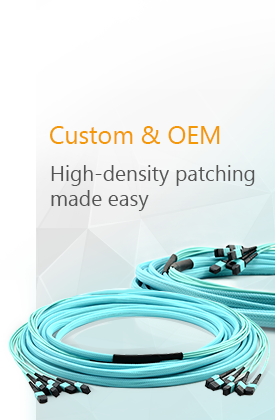Keywords: Fiber amplifier basics, how fiber amplifiers work, optical amplification
Introduction to Fiber Amplifiers
Fiber amplifiers are critical components in modern optical communication systems, enabling long-distance data transmission with minimal signal loss. Unlike traditional electronic amplifiers, fiber amplifiers operate entirely in the optical domain, making them indispensable in telecommunications, medical imaging, and industrial laser systems. This guide explores their working principles, types, and applications.
How Do Fiber Amplifiers Work?
Fiber amplifiers amplify light signals using doped fiber (e.g., erbium or ytterbium) and pump lasers. When a weak optical signal enters the doped fiber, energy from the pump laser excites ions in the fiber, causing them to emit photons coherent with the input signal. This process, known as stimulated emission, boosts the signal’s power without converting it to electrical form.
Key components include:
Doped Fiber Core: Determines the amplification wavelength (e.g., Erbium-Doped Fiber Amplifiers [EDFAs] work at 1550 nm).
Pump Laser: Provides energy to excite ions (common wavelengths: 980 nm or 1480 nm).
Isolators: Prevent back-reflections that destabilize amplification.
Types of Fiber Amplifiers
Erbium-Doped Fiber Amplifiers (EDFAs)
Wavelength Range: 1530–1565 nm (C-band), ideal for telecom networks.
Applications: Undersea cables, DWDM systems.
Raman Fiber Amplifiers
Principle: Uses nonlinear scattering in silica fiber.
Advantages: Broadband gain, flexible wavelength coverage.
Semiconductor Optical Amplifiers (SOAs)
Compact Design: Suitable for on-chip integration.
Limitations: Higher noise compared to EDFAs.
Applications of Fiber Amplifiers
Telecommunications: Enable transcontinental data transfer in 5G and FTTH networks.
Medical Imaging: Enhance resolution in OCT (Optical Coherence Tomography) systems.
Industrial Lasers: Power high-energy lasers for cutting, welding, and additive manufacturing.
Advantages Over Electronic Amplifiers
Lower Latency: No optical-electrical-optical (OEO) conversion.
Higher Bandwidth: Supports terabit-scale data transmission.
Immunity to EMI: No interference from electromagnetic sources.
FAQs
Q: How long do fiber amplifiers last?
A: Typical lifespan is 10+ years with proper maintenance.
Q: Can fiber amplifiers handle multiple wavelengths?
A: Yes, EDFAs and Raman amplifiers support wavelength-division multiplexing (WDM).
Conclusion
Fiber amplifiers revolutionize industries by enabling efficient, high-speed optical signal amplification. Understanding their types and applications helps businesses select the right technology for their needs.


